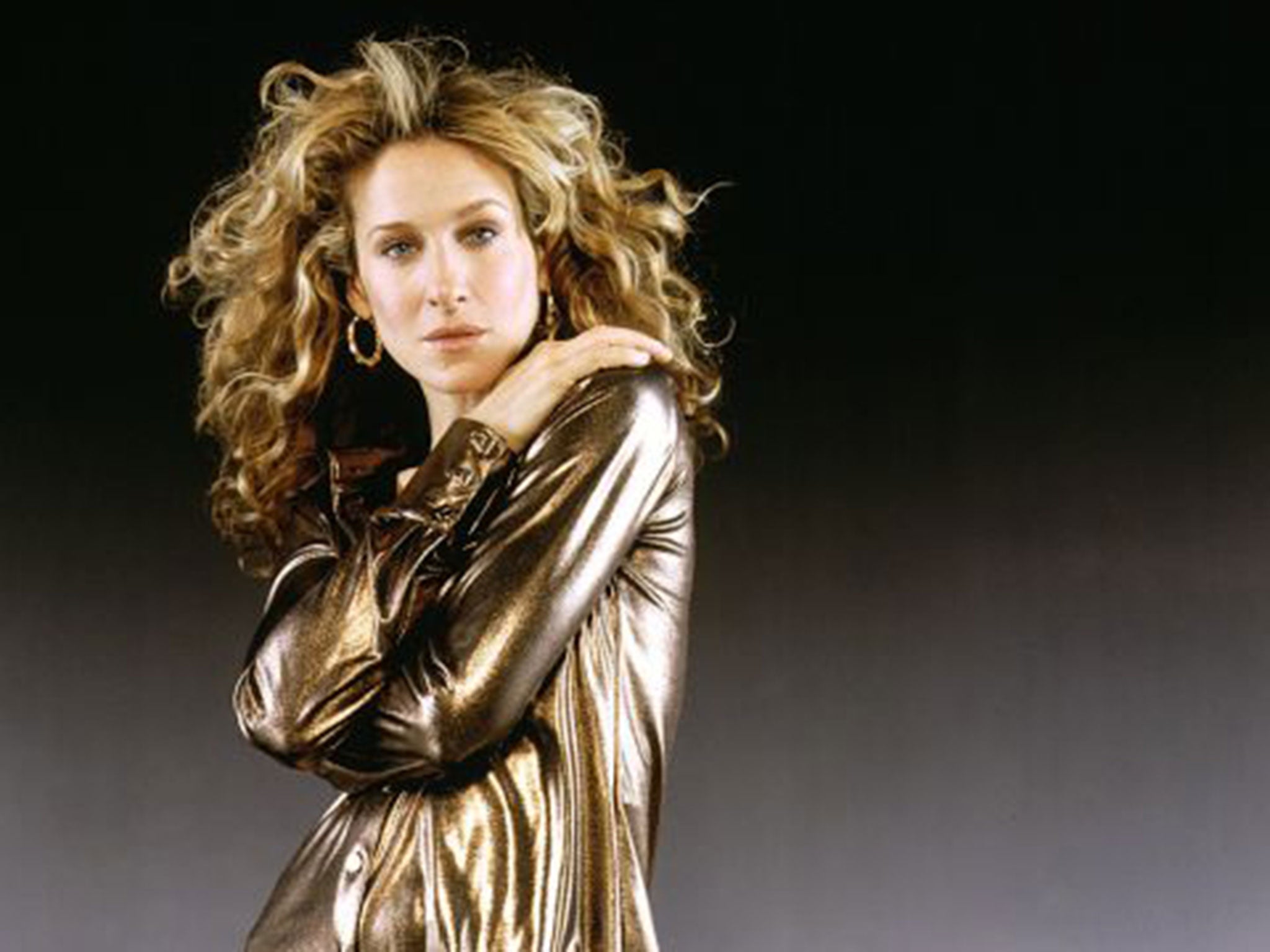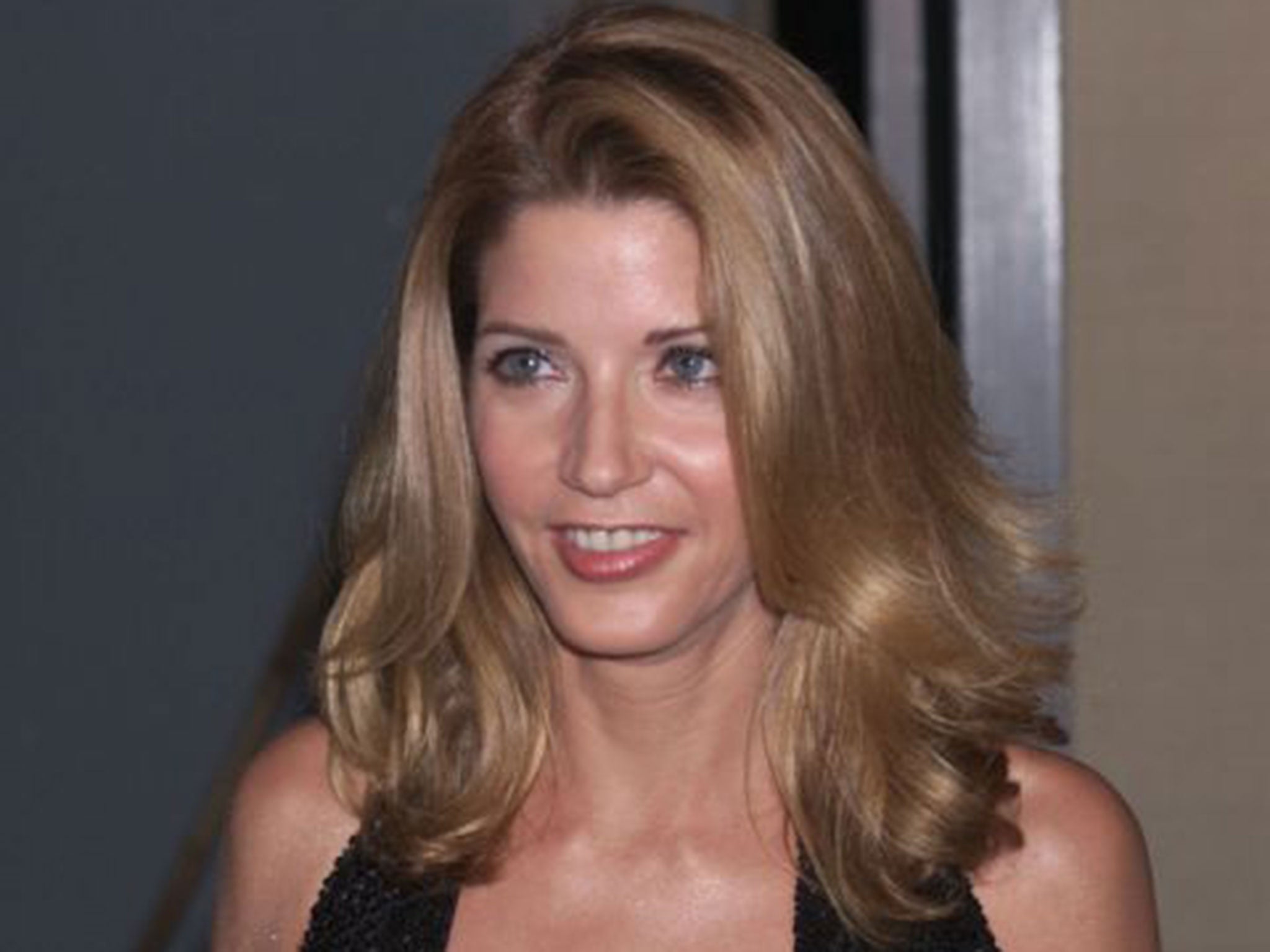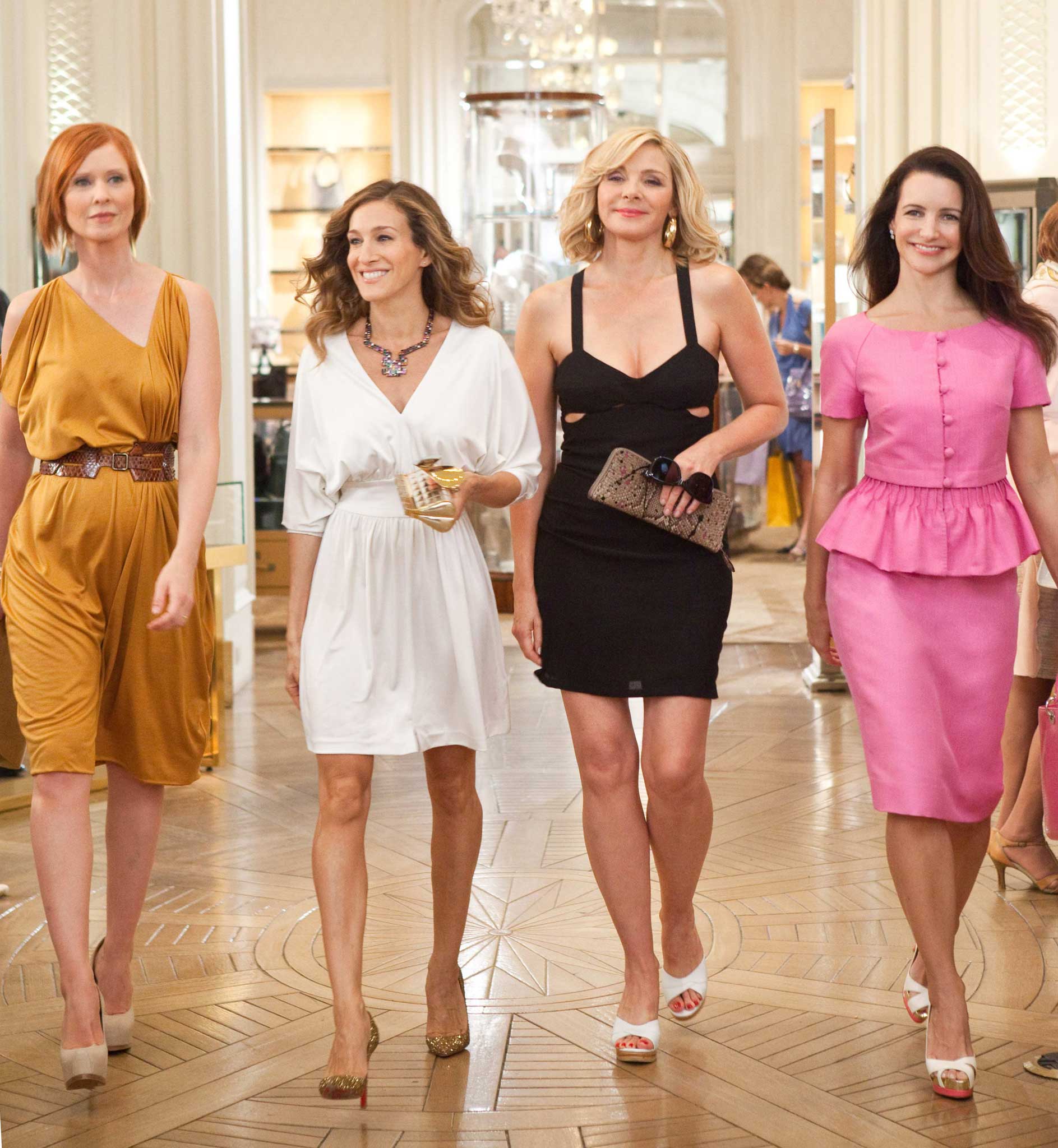Killing Monica: Sex and the City creator Candace Bushnell's dark new novel has a familiar feel
There is no mention of Carrie in the book, but the plot rings bells

Your support helps us to tell the story
From reproductive rights to climate change to Big Tech, The Independent is on the ground when the story is developing. Whether it's investigating the financials of Elon Musk's pro-Trump PAC or producing our latest documentary, 'The A Word', which shines a light on the American women fighting for reproductive rights, we know how important it is to parse out the facts from the messaging.
At such a critical moment in US history, we need reporters on the ground. Your donation allows us to keep sending journalists to speak to both sides of the story.
The Independent is trusted by Americans across the entire political spectrum. And unlike many other quality news outlets, we choose not to lock Americans out of our reporting and analysis with paywalls. We believe quality journalism should be available to everyone, paid for by those who can afford it.
Your support makes all the difference.Here is some good news for Candace Bushnell fans: the creator of Sex and the City is bringing out a new novel later this month. Killing Monica follows her last two SATC Young Adult prequels –The Carrie Diaries and Summer in the City.
Now the bad news: Killing Monica is not (ostensibly) an SATC book. There is no mention of Carrie Bradshaw or the Bellini-swilling gang of four.
But, that said, there are elements of the tale that fans of the SATC franchise may find curiously familiar.
The book features a glamorous novelist, Pandy Wallis, who long ago created a character, Monica, with whom everyone – the whole of New York and Hollywood – fell in love. Monica captured the zeitgeist. So much so that her story became a big film franchise, and these screen adaptations eclipsed the fame of the book (and the novelist).
Ring any bells?
It gets darker. Pandy (short for Pandemonia) is determined to kill off the character that is both her success and her burden. Surely Bushnell isn’t fantasising about killing Carrie, or – dread to think – Sarah Jessica Parker?
There are other echoes of real life, if we consider Bushnell’s 2012 divorce from Charles Askegard (a principal dancer with the New York City Ballet) and Pandy’s break-up with her husband, not a dancer but a chef. Their separation provides the book’s biggest, most fraught plot line. If SATC was celebrated for its fabulous “Single Women’s Story” then Killing Monica is the “Horror Divorce Story”.

That is not to say that Pandy’s bitter divorce experience is a direct reflection of Bushnell’s. She has clarified that it is not. Even if she hadn’t, we cannot fully conflate Bushnell’s life with that of her fictional characters – though both she and Pandy are fashionable, mid-life novelists who hail from Connecticut and are rocking it in New York.
Between the plot lines, there are polemical interludes about men, marriage, empowerment and the refuge of singledom. Pandy’s early success brings the realisation that “I really don’t need a man… you could say that my career is my husband. Although unlike a man, it’s always there for me.”
Later, she thinks that “society celebrates the self-made man, but the concept of the self-made woman hardly ever existed. Probably because what society insisted defined a woman were her relationships to other people”.
The messages become more high-pitched as the novel progresses, so Pandy tells us that Monica is “a beacon of singlehood for all women out there who will always be single, and who have fought honourably for single lives. Meaning they have the right to be accepted and left alone, instead of being constantly hunted down and tortured with all this marriage crap.”
The reader wonders whether Bushnell is ventriloquising her own First World brand of feminism through her central character.
The penultimate chapter opens with a fantasy of reversed gender relations where women rule. “Where they made the decisions. Always the good ones. Where they celebrated each other in the way the world – meaning the men – should celebrate them, but didn’t. Meaning for their strength and their courage and their hard work and their contributions. But not, goddamit, for what the world – meaning the men – tried to tell them was their own value; namely, their beauty and their ability to bear children.”
Such passages might be rousing, but the argument is muddled – patronising for the biological essentialism it carries, suggesting that women are intrinsically born all good, and men all bad. Cynicism is not a substitute for feminism, and dismantling patriarchy is more complicated than blaming men for social ills.
Other close-to-home moments capture the tension between the writer and the film of her book: the resentment between Pandy and the studio bosses who control Monica; the times when Pandy encounters fervent “Monica” fans and appears to berate them, internally. And the central friendship between Pandy and SondraBeth Schnowzer, who plays Monica in the films, seems to be built on jealous inter-dependency: Sondra’s Hollywood success is built solely on her role as Monica and she feels vulnerable for it. Pandy resents Sondra’s fame for overshadowing her own.

For all its Frankenstein desires to kill off a monstrously out-of-control creation, this book is heavily reminiscent, in characters and ambience, of an SATC film adaptation, albeit the flabbier sequels that came after the pin-sharp early TV series. There is the obligatory overload of pink champagne, a brief discussion between girlfriends about vaginal steaming, and arch jokes about “champagne in the bathtub, cupcakes in the kitchen, cigarettes in the living room ... ” [but] “Do we get cock in the bedroom?”
Its female camaraderie is a refreshing antithesis to Bridget Jones’s dismal pathologising of her “singledom”, along with the belief that men are not essential for a good and rewarding life that most of Bushnell’s women share. Yet even that seems very 1990s now.
It was Bushnell who introduced the celebration of female “singledom” to us through Carrie Bradshaw in the first place – as someone tells Pandy, “you’ve changed how people see women” – so the repetition of the same message and archetypes appears dated now.
None of it, including the final, unconvincing plot twist, is particularly well-written. It is perhaps best read on a sun-lounger, in the tropics, where the temperature leads the brain to slow down a few gears.
Ultimately it engages because of its echoes of SATC: might Bushnell have resented Sarah Jessica Parker’s success? Might Parker have felt pigeon-holed in her role as Carrie? Who can say, but the entertainment is in the speculation.
The saddest part of the story is Pandy’s frustration over her own pigeon-holing as a writer. She is keen to distance herself from Monica, and “to be considered a ‘literary writer’”, but publishers won’t let her. They just want more Monica. Is this yet another case of a commercially successful author needing to be taken seriously by the literary establishment, perhaps even earn some integrity and win prizes? Pandy is enraged that her “serious” novel about a feisty, female ancestor is initially rejected by her publishers, but is still determined to move away from Monica. Perhaps Bushnell could learn from her.
Join our commenting forum
Join thought-provoking conversations, follow other Independent readers and see their replies
Comments